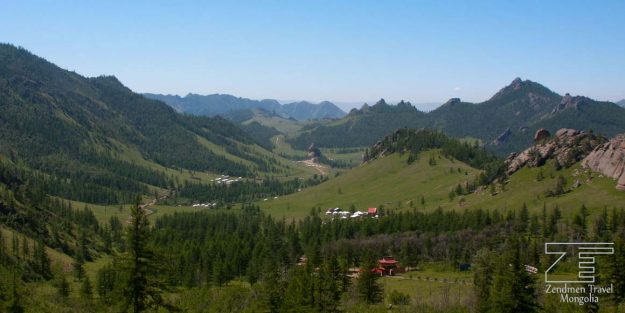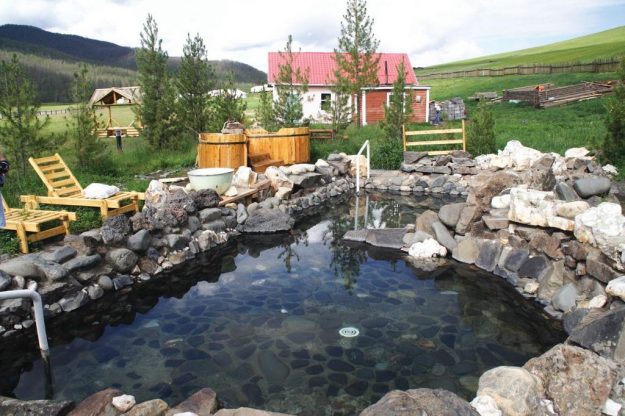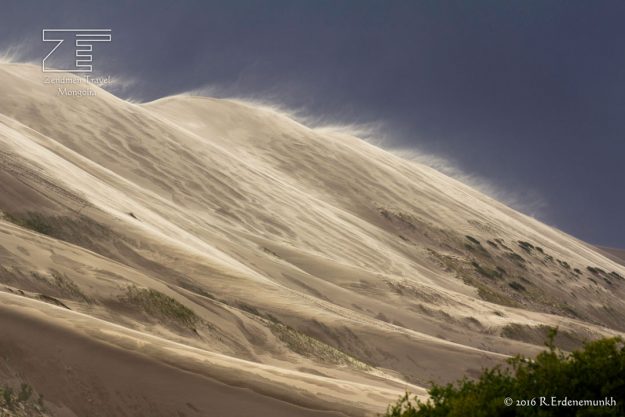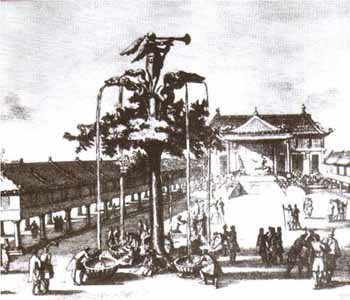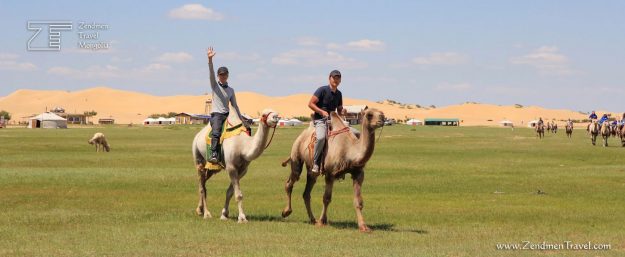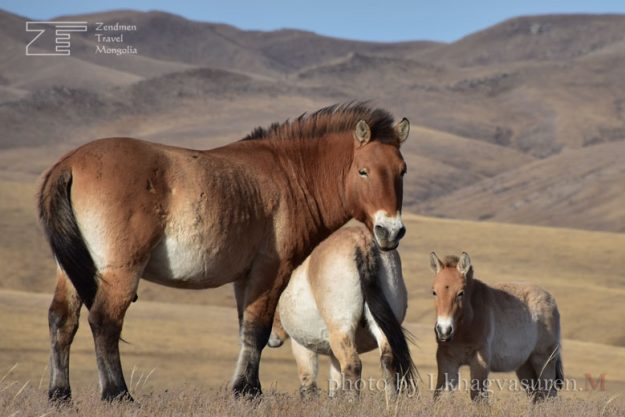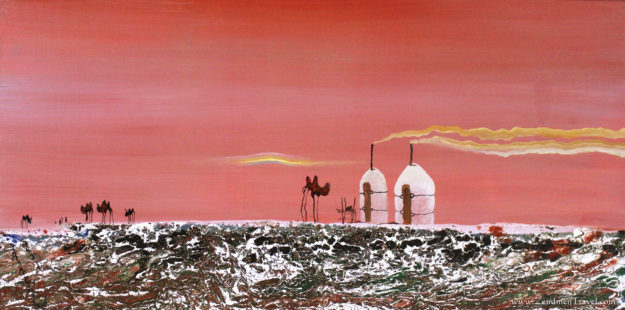Destinations and places you must see when you travel in Mongolia
Gorkhi Terelj National Park is located 70 km north east to Ulaanbaatar, less than 1.5 hour drive on tarmac road. This is stunning rocky mountain formations, covered by larch forest which is a continuous part of Siberian Taiga. The area is famous for the Turtle Rock, a gigantic turtle shaped rock formation that witnesses the…
Natural hot spring resorts in the middle of a beautiful alpine meadow. Tsenkher hot spring lies 35 km on the south of Tsetserleg town, the capital of Arkhangai province. The hot water comes out from deep earth without blending with soil water as a result of high pressure. The spring exhales 10 litres of water…
Khongor Sand Dunes are some of the largest sand dunes in Mongolia. It stretches for 180 kilometres across the desert covering more than 900 sq km. It lies at the foot of sacred Mt. Sevrei, about 200 km northwest from the capital of South Gobi Province, Dalanzadgad. The tallest dune is popularly called Singing Dune…
Once the Kharkhorin was the capital city of the Great Mongol Empire under the name Kharakhorum. In 1220, Chinggis Khaan founded Kharakhorum city on the bank of the Orkhon river (present location of Kharkhorin village) , and the city was developed as the capital city of the Great Mongol Empire during Ogedei Khan‘s reign. As…
Elsen Tasarkhai Sand Dunes lies at the foot of Khugnu Khaan mountains and part of Khugnu Tarna Nature Reserve. The sand dunes stretch 80km from north to south and 5km at the widest. Although the dunes are small compared to Khongor Sand Dunes, the area offers some of the varied landscapes in central Mongolia with…
The beautiful mountainous terrain is home for wild creatures such as wolves, white tailed deer, Mongolian Gazelle, big horned sheep and of course the Takhi, which was reintroduced in 1990 with a cooperation of the Foundation Reserves for the Przewalski Horse and the support of Dutch Government.
In the rapidly urbanizing society of Ulaanbaatar City there are several art galleries – both private and government-supported – that represent the modernization as well as the conservation of the traditional folk art of Mongolia. How does anything get better than a tasty mixture of eccentric nomadic culture, rich history with a sprinkle of modern-day…

